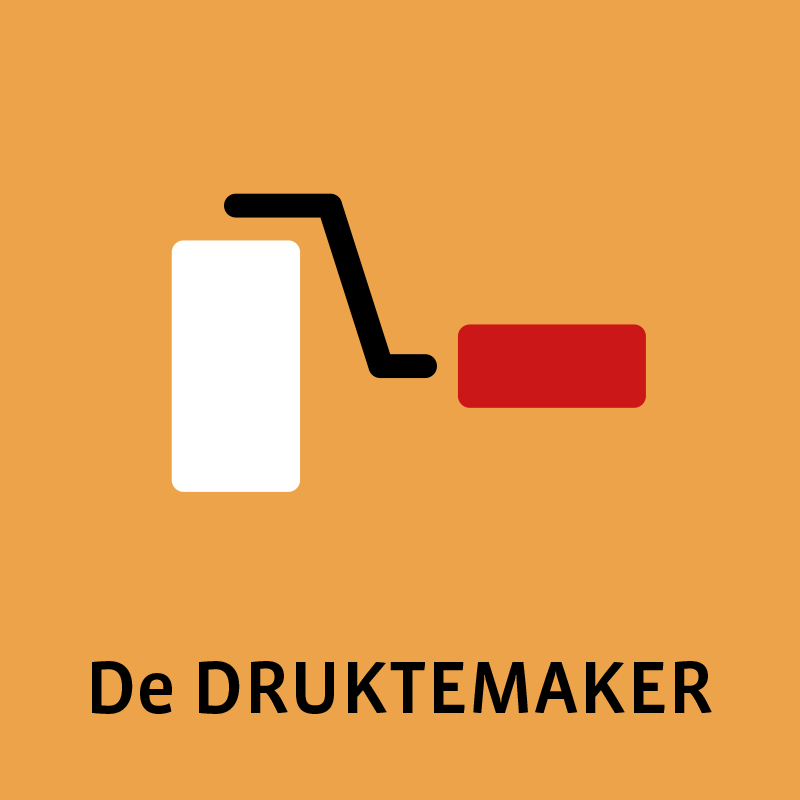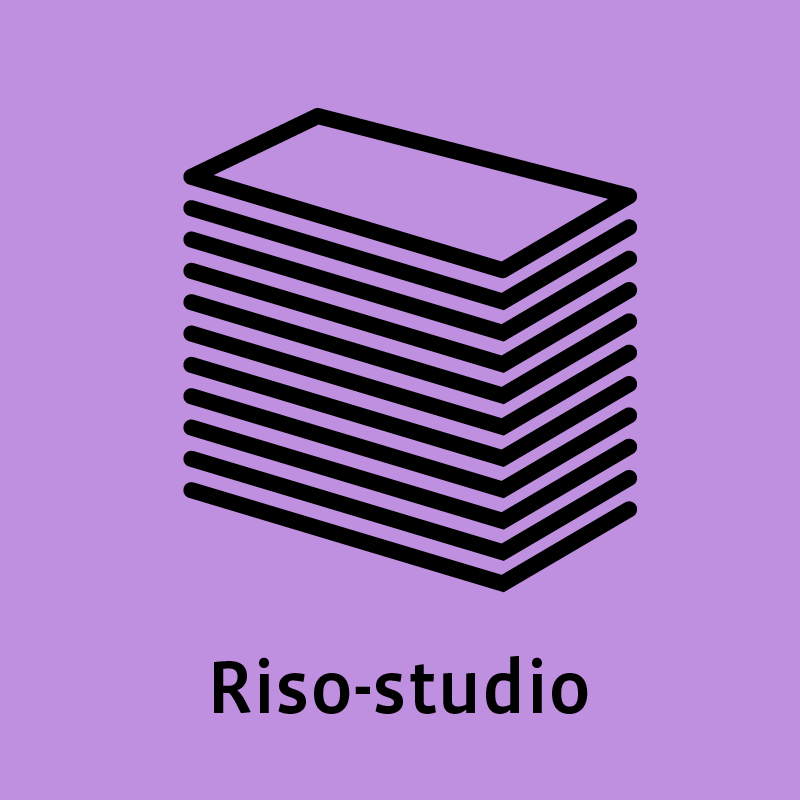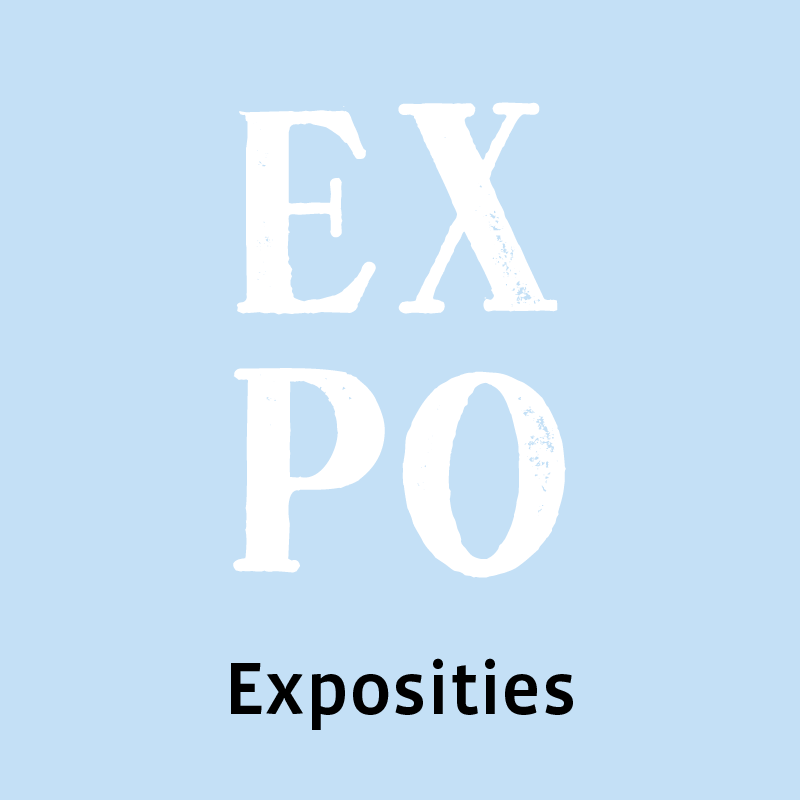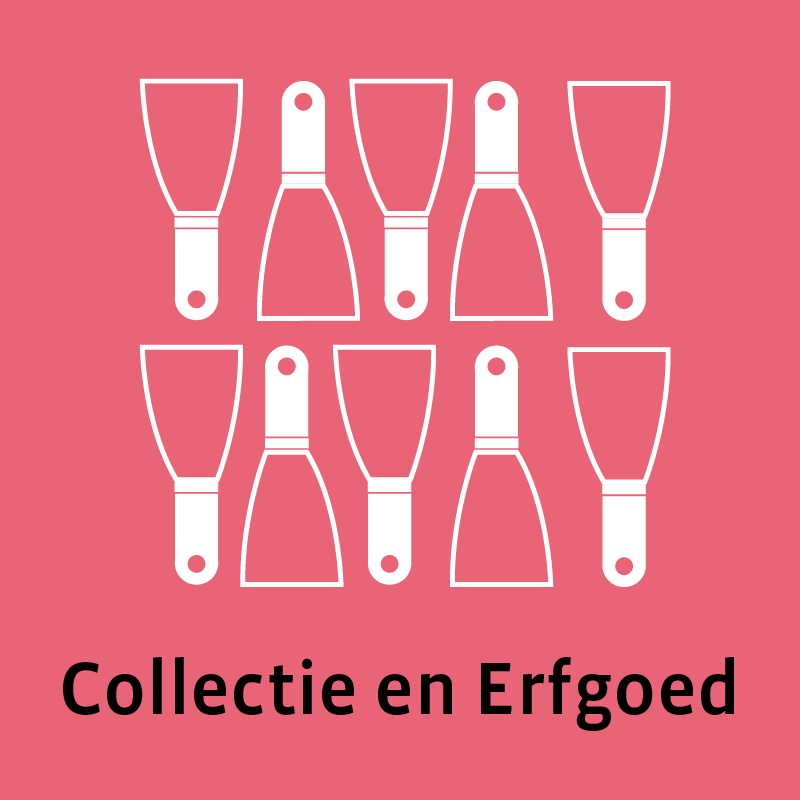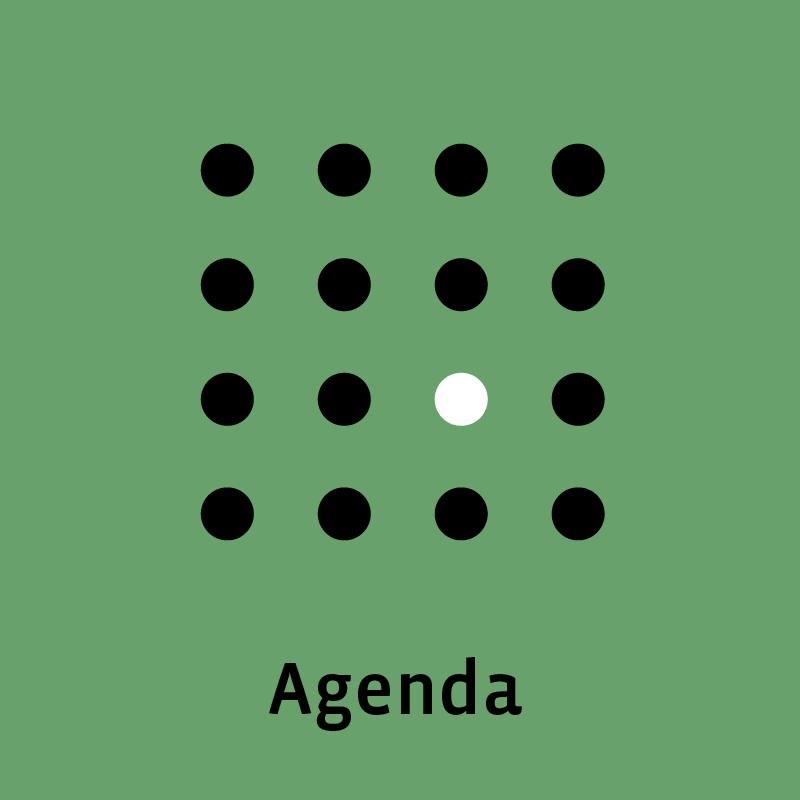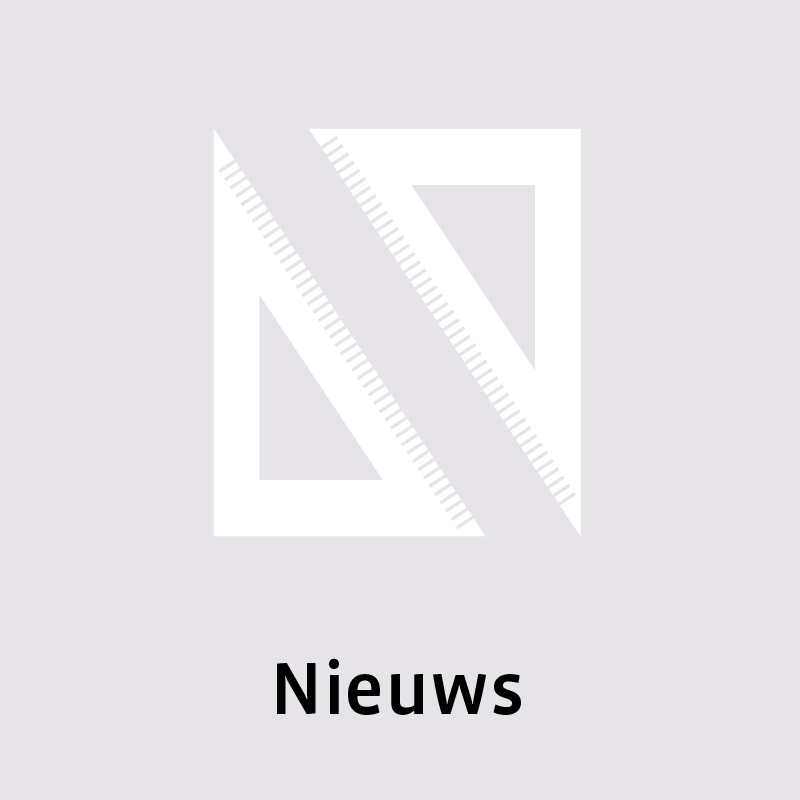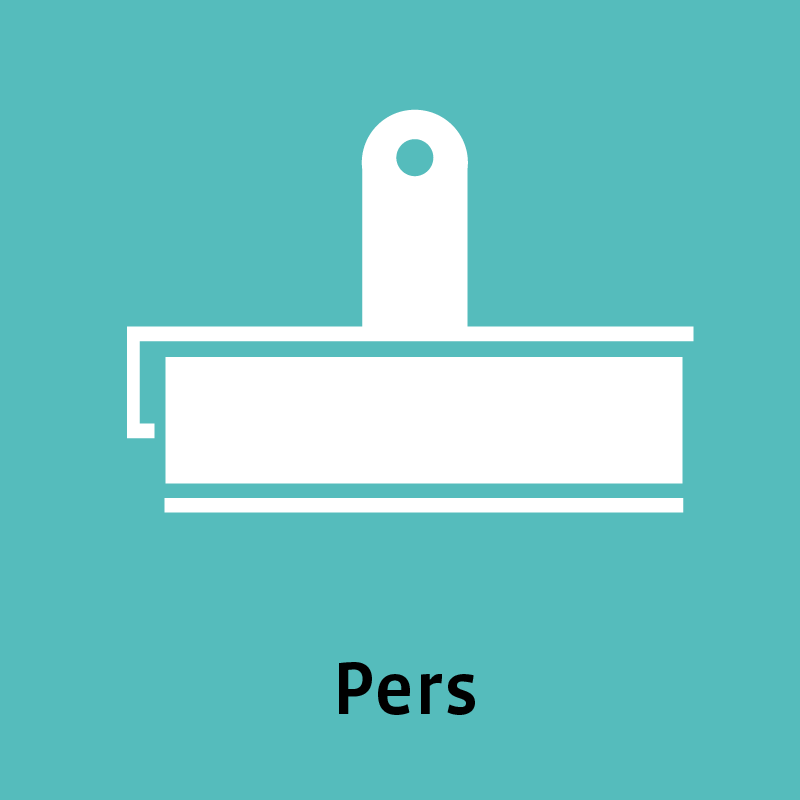
10
Vierkante ogen
Al vroeg wordt het commerciële potentieel van sociale media ingezien. In 1999 zijn ze belangrijk bij het succes van The Blair Witch Project, een horrorfilm over drie studenten die verdwijnen tijdens hun zoektocht naar een heks. De online mediacampagne wekt de suggestie dat het om een waargebeurd verhaal gaat. Er wordt een mysterieuze website gelanceerd en er verschijnen cryptische berichten op message boards, chatrooms en andere voorlopers van de huidige sociale media. Ook worden flyers verspreid, met foto’s van de ‘vermiste personen’. Zo ontstaat een hype, waarbij de grens tussen echt, nep en commercieel vervaagt.
Het commerciële potentieel van de huidige sociale media wordt vandaag de dag onder andere benut door influencers: mensen die opinies of aankoopbeslissingen proberen te beïnvloeden. Met persoonlijk getinte filmpjes bouwen influencers een relatie met hun volgers op. Zo ontstaat een ‘vertrouwensband’, die kan worden ingezet voor commerciële of andere doeleinden.
Een belangrijk aspect van sociale media is het gebruik van algoritmes. Dankzij algoritmes krijg je informatie voorgeschoteld die is gebaseerd op je eerdere zoek- en klikgedrag. Als je alleen maar kattenfilmpjes kijkt, is dat geen probleem, maar ook het verspreiden van nepnieuws wordt ermee in de hand gewerkt. Niet alleen commerciële organisaties verspreiden het, maar ook politici, extremistische organisaties en eenlingen proberen met vage geruchten of complottheorieën de publieke opinie te beïnvloeden.
Met kunstmatige intelligentie wordt het nog moeilijker om echt van nep te onderscheiden. Op basis van een door onszelf geformuleerde opdracht kan AI een beeld of tekst creëren, volledig afgestemd op onze wensen. Sociale media laten ons alles aan iedereen vertellen: met AI creëren we onze eigen waarheid.
Square Eyes
Early on, the commercial potential of social media could be recognized. In 1999 it was important for the success of The Blair Witch Project, a horror film about three students that disappear while searching for a witch. The online media campaign gave the impression that it was a true story. A mysterious website was launched and cryptic messages appeared on message boards, chat rooms, and other precursors to today’s social media. Flyers were also distributed, with photos of the ‘missing persons’. This media hype blurred the lines between the real, the fake, and the commercial.
Nowadays, the commercial potential of social media is used by, among others, influencers:people who try to influence opinions or purchase decisions. With personal films, influencers build up a relationship with their followers. This creates a ‘bond of trust’ that can be utilized for commercial or other purposes.
An important aspect of social media is the use of algorithms. Thanks to algorithms, you are presented with information based on your previous search history and clicks. If you only watch cat films, that is not such a problem, but this can also help the spread of fake news. Not only commercial organisations can spread this, but also politicians, extremist organisations, and loners try to influence public opinion with shady rumours and conspiracy theories.
With artificial intelligence, it is becoming more difficult to discern fact from fiction. From a human generated prompt, AI can create an image or text, completely tailored to our needs. Social media allowed us share anything with anyone: with AI we create our own truths.

